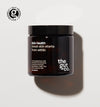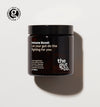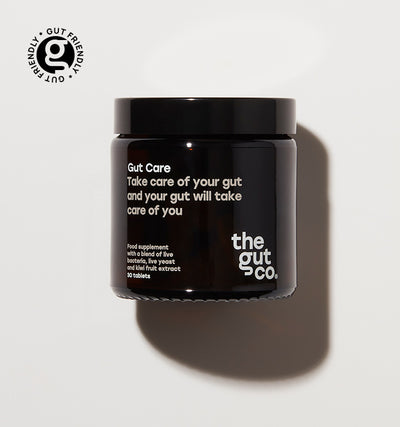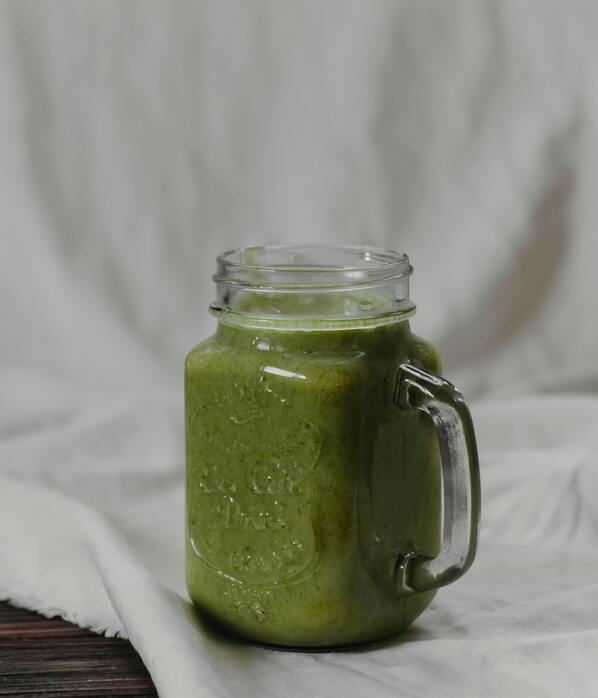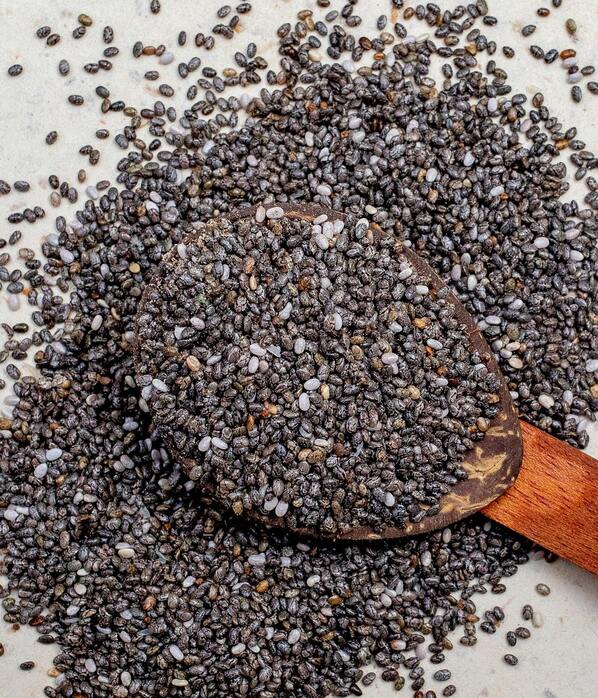What are the 5 most common food intolerances?
Date:
28 Sep 2022

Food intolerance includes difficulty digesting a particular food and experiencing unpleasant symptoms as a result of this. The symptoms do not always occur immediately after eating the food, which means many people are unaware of the link between the food and their discomfort.1
Food intolerances are extremely common, yet many people don’t realise they have one. It is estimated that 1 in 5 people have a food intolerance,2 but this number cannot be proven due to the many undiagnosed cases.
Food intolerance is different to an allergy, as a food intolerance is not life-threatening. Whilst a food intolerance impacts the digestive system, an allergy impacts the immune system and causes severe or life-threatening symptoms.3
The most common symptoms of a food allergy are stomach pain, bloating, excess gas, diarrhoea, and rashing or itchy skin.1 Here, we will be discussing the 5 most common food intolerances.
Dairy Intolerance
Dairy intolerance can come in two forms; lactose intolerance or casein intolerance, of which dairy contains both.
Lactose intolerance is a reaction to lactose - a naturally occurring sugar. In a healthy body, the enzyme lactase helps the body to digest lactose. Somebody that is lactose intolerant does not have enough lactase, so their body struggles to digest the lactose.4
Lactose can be removed from certain products; lactose-free cow’s milk is readily available in most supermarkets. Lactose will also be found in any food made with milk, including dairy-based cream, yoghurt, ice cream, butter and cheese.
A hydrogen breath test can determine if you have an intolerance to lactose. To complete this test, you will blow into a bag and this will be tested for hydrogen levels. You will then drink a lactose solution, and your breath will be tested every 15 minutes for a few hours to monitor the hydrogen levels. The more hydrogen is present, the more likely you have an intolerance.6
Casein is a protein that the body breaks down during the digestive process. If you have a casein intolerance, your body will have an inflammatory response to casein and your body will struggle to break it down.4
Casein can be found in cow’s milk, some yoghurt, dairy-based cream and custard, dairy cheese, some protein powders and kefir.4 There are many alternatives available, so it’s important to always check the ingredients to ensure you are choosing a substitute that is suitable for your intolerance.
Gluten Intolerance
Gluten intolerance is extremely common. It is hard to monitor the exact number of people with gluten intolerance, but it is estimated to be up to 13% of the population.5
Gluten is found in wheat and grains such as rye and barley and is most often used in bread, cereal, crackers, pasta, beer and couscous.2 Gluten-free alternatives are readily available; in fact, most supermarkets have an entire section dedicated to gluten-free products!
Egg Intolerance
This intolerance is perhaps less well known than the previously mentioned, however, is still extremely prevalent. An egg intolerance can include intolerance to the yolk, white or both from eggs from any animal including chickens, ducks, quails and geese.2
An egg intolerance most commonly causes skin inflammation and irritation as well as gut issues. Eczema and acne can both be exasperated by an egg intolerance.2
Egg can be found in bread, cakes, quiches, custard, mayonnaise, ice cream, sauces and spreads as well as some meat products and desserts.2 It’s really important to check the labels on everything you eat if you have an egg intolerance, as it can be hidden in foods you wouldn’t expect.
Nut Intolerance
A nut intolerance can also cause skin issues - particularly eczema flare-ups around the eyes.2 If you are experiencing this symptom, get yourself tested for a nut intolerance!
Remember that a nut intolerance is different to a nut allergy. Just because you’ve been able to eat nuts, doesn’t mean your body isn’t reacting negatively to them. Perhaps you have noticed skin irritation or IBS-like symptoms and not known what the trigger is; it could have been nuts hidden in food you weren’t aware of.
Yeast Intolerance
Yeast lives in the body naturally, but is also used as an ingredient in many foods and drinks; most commonly baked goods and alcoholic beverages.2
Yeast is an active ingredient that can be found in fermented, processed and cured foods. It’s best to avoid processed and cured meats, aged cheeses, dried fruits, alcohol that contains brewer’s yeast such as beer and wine, baked goods, processed fruit juices and stock cubes if you have a yeast intolerance.
Final Thoughts
The best way to discover if you have an intolerance to any food is to follow an elimination diet. This involves eliminating the potential trigger and monitoring your symptoms to see if they improve when the trigger is removed.
Keeping a food and symptoms diary is a helpful way to monitor which foods may be causing symptoms. As the symptoms don’t always show up immediately, having it written down can help to expose patterns between certain foods and symptom flare-ups.
References
2: https://mullenhealth.com.au/5-most-common-food-intolerances/
3: https://www.mayoclinic.org/diseases-conditions/food-allergy/expert-answers/food-allergy/faq-20058538#:~:text=A%20true%20food%20allergy%20affects,and%20causes%20less%20serious%20symptoms
4: https://www.yorktest.com/intolerance/casein-intolerance/#:~:text=In%20fact%2C%20the%20two%20conditions,(a%20naturally%20occurring%20sugar)
5: https://www.drschaer.com/uk/institute/a/prevalence-ncgs#:~:text=Estimated%20prevalence%20of%20non%2Dcoeliac,the%20prevalence%20of%20coeliac%20disease
6: https://www.nhs.uk/conditions/lactose-intolerance/diagnosis/#:~:text=Hydrogen%20breath%20test&text=This%20sample%20of%20your%20breath,the%20level%20of%20hydrogen%20changes




